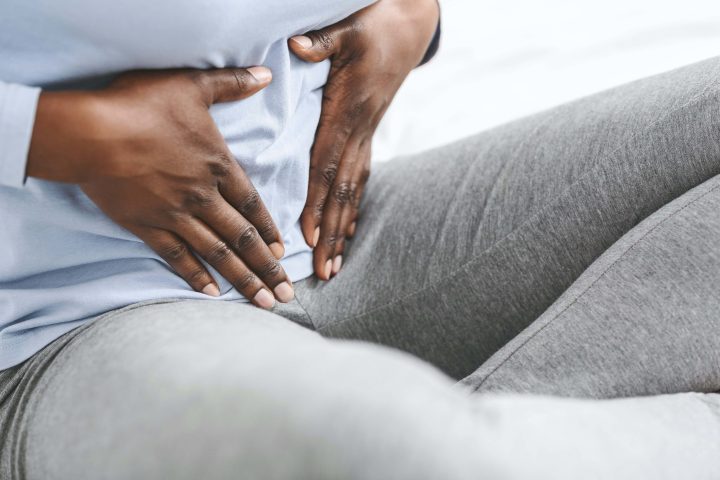 The uterus is truly where the magic happens. This small muscular organ lives inside of your pelvis with all the other organs that make up the female reproductive system. We’ll avoid giving you a high school health class crash course, (you probably know how babies are made at this point), but there’s so much about the uterus that happens during pregnancy and after delivery that are unknown to most women until a nurse is pushing on the fundus of your uterus to make it contract.
The uterus is truly where the magic happens. This small muscular organ lives inside of your pelvis with all the other organs that make up the female reproductive system. We’ll avoid giving you a high school health class crash course, (you probably know how babies are made at this point), but there’s so much about the uterus that happens during pregnancy and after delivery that are unknown to most women until a nurse is pushing on the fundus of your uterus to make it contract.
During pregnancy, that relatively small organ will stretch to about 40 cm around by the time you’re ready to deliver. Fortunately it doesn’t stay that size, and by your 6th week postpartum it should be relatively the size it was pre-pregnancy.
When you’re ready to deliver your uterus will start to contract, getting progressively more intense. This is because there are two layers of muscles, a horizontal inner layer that runs like hoops around the baby, and a vertical outer layer that runs up and over the uterus. This outer layer kicks off labor by contracting and pulling the cervix open, and then works in tandem with the inner layer that contract and relax. Here’s some uterine magic though, instead of going back to it’s regular shape like most muscles, the muscle fibers of the inner layer stay shorter and thicker as they work towards expelling your baby. Magic!
Once you’ve delivered it’s critical that the uterus continue to contract to expel the placenta. The placenta is attached to blood vessels at the fundus of the uterus, which sits at the top near your rib cage. Many bodies are too tired after labor to expel the placenta, leaving the blood vessels open and increasing the risk of hemorrhaging and infection. To help this process along a doctor, nurse or midwife will probably give your belly an intense massages to help it contract. If this doesn’t work, the placenta or any pieces left will need to be removed by hand. In rare cases an emergency D&C (dilation and curettage) surgery may be required.
Immediately breastfeeding your baby will continue the lovely oxytocin hormone and help your uterus contract for several days as it shrinks and gets rid of excess tissue. These after-pains will subside in time as well.
So as you can see, there’s a lot of vital stuff happening up there. Most of it critical to you and your baby’s life. It’s scary thinking that you won’t be able to control every situation you may encounter during labor, but being aware of how your uterus works on a fundamental level can help you interpret your body’s signs and give yourself that extra mental boost!







